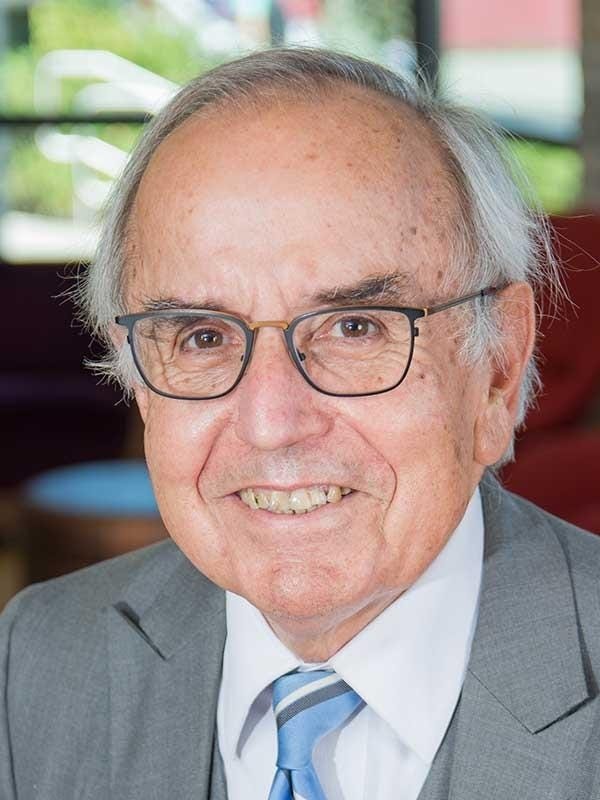
Geography counts in diplomacy, as well as military and other more tangible occupations. The Helsinki summit between Presidents Vladimir Putin of Russia and Donald Trump of the United States has sparked controversy. As usual, context helps.
Reflecting location – bordering Russia, Finland traditionally encounters relations among larger nations, including war and Cold War along with diplomacy. President Ronald Reagan in 1988 spent three restful days in Helsinki before going to a summit meeting with President Mikhail Gorbachev of the Soviet Union.
In September 1990, President George H.W. Bush met with Gorbachev in Helsinki, following up an earlier meeting in Malta. Iraq had just invaded Kuwait, and Bush wanted to use Moscow’s considerable influence to reverse that armed aggression. At the time, there were several thousand Soviet military advisers in the Mideast.
Nations invading other sovereign nations is unusual since World War II. Ultimately, a broad international coalition led by the U.S., and fully authorized by the United Nations, liberated Kuwait. The Soviet Union supported the effort.
Washington and Moscow also were allies in 1956, in the UN and elsewhere, in the assertive – and successful – leadership of President Dwight D. Eisenhower to thwart the joint British-French-Israeli military attack on Egypt.
Egypt’s nationalist President Gamal Nasser’s seizure of the Suez Canal prompted that invasion. This is another example of nations violating national boundaries. Britain spearheaded the effort to return to the methods of 19th century imperialism. Ike demonstrated forcefully that the world had gone beyond tolerating that behavior.
In 1997, President Bill Clinton met with President Boris Yeltsin in Helsinki. The encounter further underscored Finland’s role as useful meeting ground for principal leaders of the Cold War superpowers.
Beyond these two nuclear weapons powers, in 1992 the Conference on Security and Cooperation in Europe (CSCE) convened in Helsinki. This inclusive diplomatic body had grown to 52 nations, focused on promoting stability and transparency among the European nations.
In 1975, the 35 nations comprising the CSCE signed the important Helsinki Accords to confirm the legitimacy of Europe’s national borders. This was a major diplomatic victory for the Soviet Union, as well as worthwhile generally for stability.
The Trump administration overall has been consistent in giving emphasis to secure borders for Finland and the Baltic States, traditional targets of Russian aggression. "We are with you, we stand with you on behalf of freedom." Vice President Mike Pence made that statement in July 2017 in Estonia, the first stop on a trip that included Georgia and Montenegro, also pressured by Russia.
President Sauli Niinistö of Finland visited the White House in 2017. On April 3 2018, the United States hosted a Baltic Summit, underscoring commitment to Estonia, Latvia and Lithuania.
In 1940, the Soviet Union annexed the Baltic States, which had achieved independence in 1918. The U.S. government continued to fly the Baltic States’ flags throughout that occupation. Exile groups from the Baltics become influential in the United States, and elsewhere. All three nations became NATO members in March 2004.
During the Cold War, the Finns accommodated Moscow but were never under direct Soviet control. The Russo-Finnish War of 1939-1940 ended through negotiation, not conquest. This greatly embarrassed Soviet leader Joseph Stalin and the Red Army, which had anticipated easy victory. Lethal highly trained Finnish ski troops inflicted enormous Soviet military casualties.
The two prima donnas who just met in Helsinki proved unworthy of this important history.
Credit the Finns for being helpful – and tough.
Arthur I. Cyr is a Clausen Distinguished Professor at Carthage College and author of "After the Cold War."
This article originally appeared on Santa Rosa Press Gazette: The summit – Finland, Russia and the US
